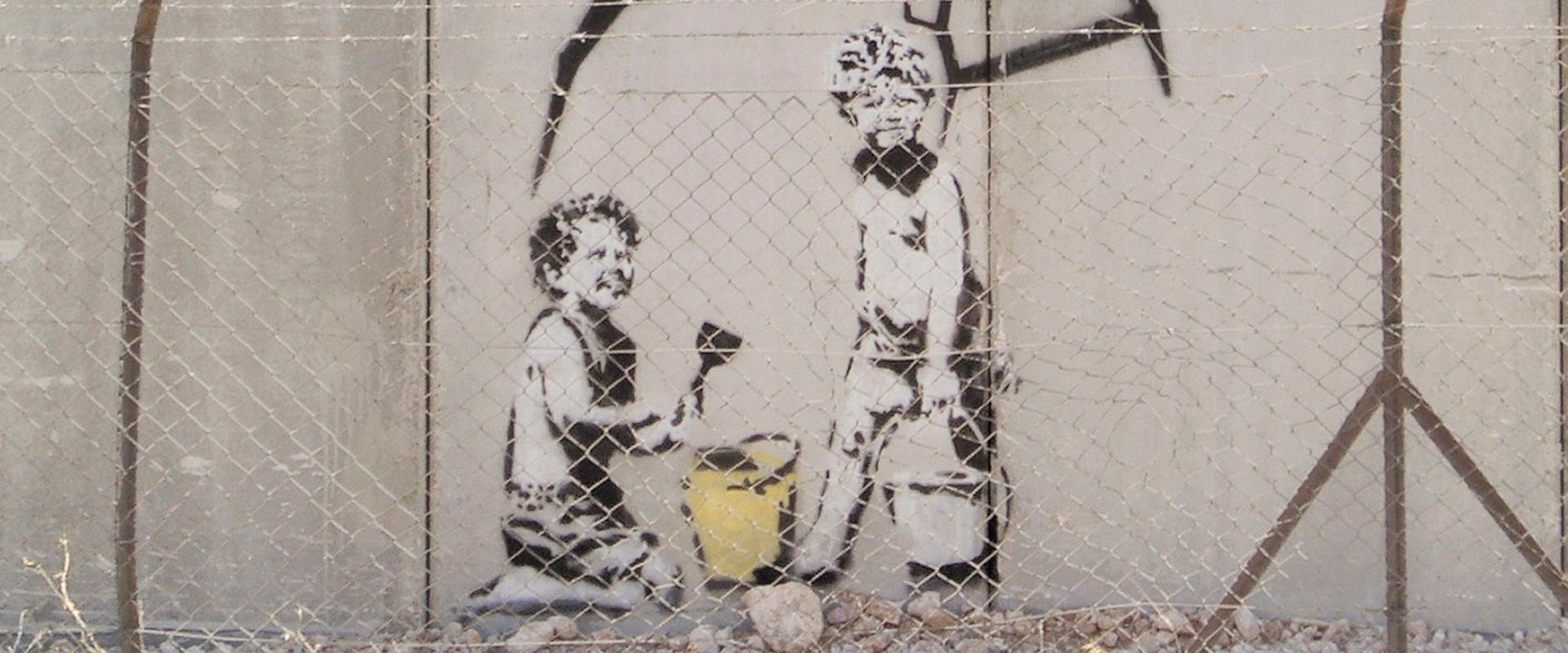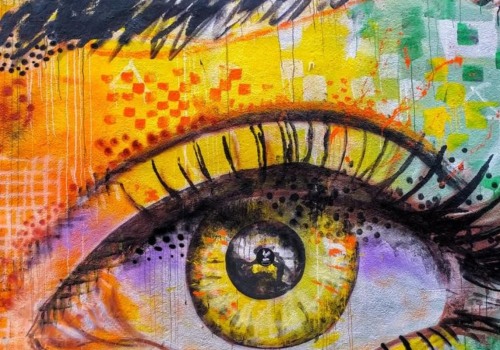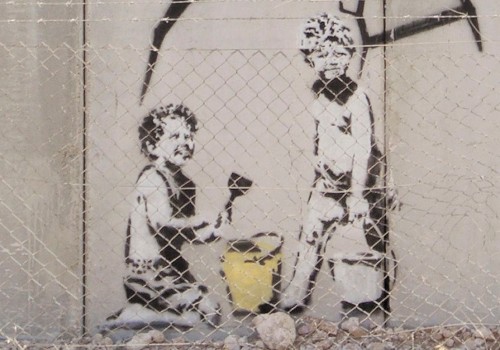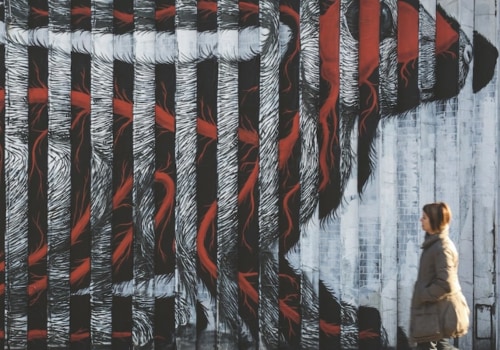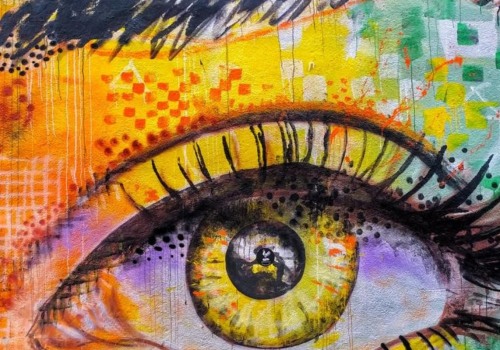There is some debate about where exactly modern graffiti began, but most agree that it became popular in Philadelphia or New York City. It seems that it began at about the same time with similar intentions in both cities and really began to increase in prevalence in the late sixties and seventies. Street art has evolved from the first forms of challenging graffiti to a more commercial form of art, since one of the main differences now lies in the messages. Street art often seeks to provoke thought rather than rejection among the general public, making its purpose more evident than that of graffiti.
The issue of permits has also been at the center of street art, since graffiti is usually done illegally, while today street art can be the product of an agreement or even, sometimes, of a commission. However, it is still different from traditional art exhibited in public spaces because of its explicit use of such space during the design phase. Street art began with simple graphics and text. The idea was to spread a message and not so much to create something that was visually pleasing, but rather that would invite reflection.
The first examples of street art date back to 1955, shortly after the death of Charlie Parker, a famous jazz musician also known as Yardbird or Bird. After his death, graffiti began to appear in New York with phrases such as “Bird Lives”, but full-fledged graffiti did not begin to appear until around 1970, when spray paint was used to paint subway trains and tunnels. One of the best places to go today to find beautiful Chicano street art works is the Pilsen neighborhood in Chicago. Some artists now offer tours of local street art and can share their knowledge, explaining the ideas behind many works, the reasons for the labeling and the messages portrayed in many graffiti works.
Street art demonstrations in Mexico began in the late 80s in Mexico City, inside multifamily buildings in the north of the city and also in the subway. The invention of the spray can at the beginning of the 20th century was definitely an important event in the history of street art. Reverse graffiti poses a unique problem for law enforcement officers, who are generally conditioned to understand street art as a form of vandalism. Chicano street art draws a lot of inspiration from its Mexican heritage, culture, religion and the common struggles faced by members of the community.
Street art serves as a powerful tool among young artists to protest against the many controversial issues of Georgia's social and political life and therefore receives considerable attention in society. Anonymity celebrates the history of street art as mysterious and, at the same time, attracts a lot of positive attention to craftsmanship. Unauthorized street art interventions usually aim to surprise spectators by presenting a visually realistic and, at the same time, incredible situation. These police efforts, combined with programs designed to “clean up” the city, such as the MTA's Clean Car Program in 1984, make it easy to understand why street art received such a negative reputation for so many years.
A big change occurred in the late 1990s and early 2000s, when street art ceased to be considered property damage and vandalism and began to be accepted by the public. As Lachmann points out, instead of submitting to the evaluation criteria defended by the institutionalized art world, the first graffiti writers developed a completely new and independent artistic world, based on their own qualitative conception of style and on the particular aesthetic standards developed within the community to judge the content and technique of writers. Some apply the post-graffiti label to the work of street artists who also participate in the world of conventional art, although it is a bit inappropriate, since many of these artists continue to carry out illegal public interventions while participating in authorized exhibitions in galleries and museums. At first, graffiti was the only form of street art that existed and, in general, it was considered a criminal act with territorial marking and rude messages.
As promised, this follow-up article will address the origin of wall paintings and street art, and also how they relate to graffiti art in the grand scheme of things. . .
